
 |
Kobe Gakuin University encourages active participation in extracurricular activities, for a full student life. Through various activities students are able to
gain experiences not possible in classes, including diverse opportunities for exchange with students of different faculties, universities, classes, and the opposite sex.
At Kobe Gakuin University, many clubs are independently managed by students.
In addition to the student broadcasting station, brass band, cheerleaders, and newspaper club, which cooperate with campus-wide activities, there are 26
cultural clubs conducting various activities in culture, arts, and science, and 33 sports clubs for building a sound mind and body through sports. Including 19 circles, a total of 82 groups and approximately
2,000 students take part in wide-ranging extracurricular activities.
Sports Clubs
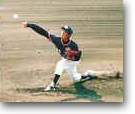 |
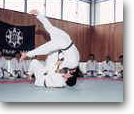 |
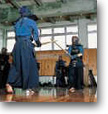 |
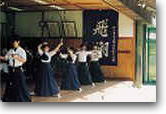 |
Sport clubs include softball, (teams have been active in the All-Japan University Competitions), rubber baseball, baseball (KGU is noted for its excellent record in the Kansai University Competitions), tennis, badminton, basketball, archery, athletics, American football, soft tennis, weight lifting, rugby, and soccer. Clubs rooted in traditional martial arts include judo, kendo (Japanese fencing), kyudo (Japanese archery), karatedo, taido, and aikido. Those of Chinese origin include shorinji-kenpo.
Cultural Clubs
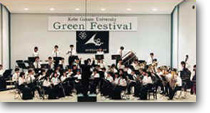 |
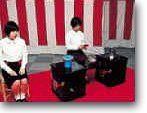 |
Cultural clubs are divided into scientific research and traditional culture groups. The former includes judicial research, pharmaceutical research, biology, and the English Speaking Society; the latter is represented by tea ceremony and flower arrangement. There are also unique clubs, such as shogi (Japanese chess), and S.S.W. (puppet show). General cultural clubs, such as photography, art, glee club, folk music, American folk music, blues, and light music, are also active.
Japanese Dance Practice
In our university, we have “Japanese dance practice” taught by a volunteer teacher. The class consists of both Japanese and overseas students and serves to deepen an understanding of traditional Japanese culture. The class practices twice a month and performances are held to loud applause in July and December every year. People in the Community as well as university faculty and students enjoy the fascinating dance performances by overseas students dressed in beautiful kimono.
 |
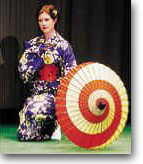 |